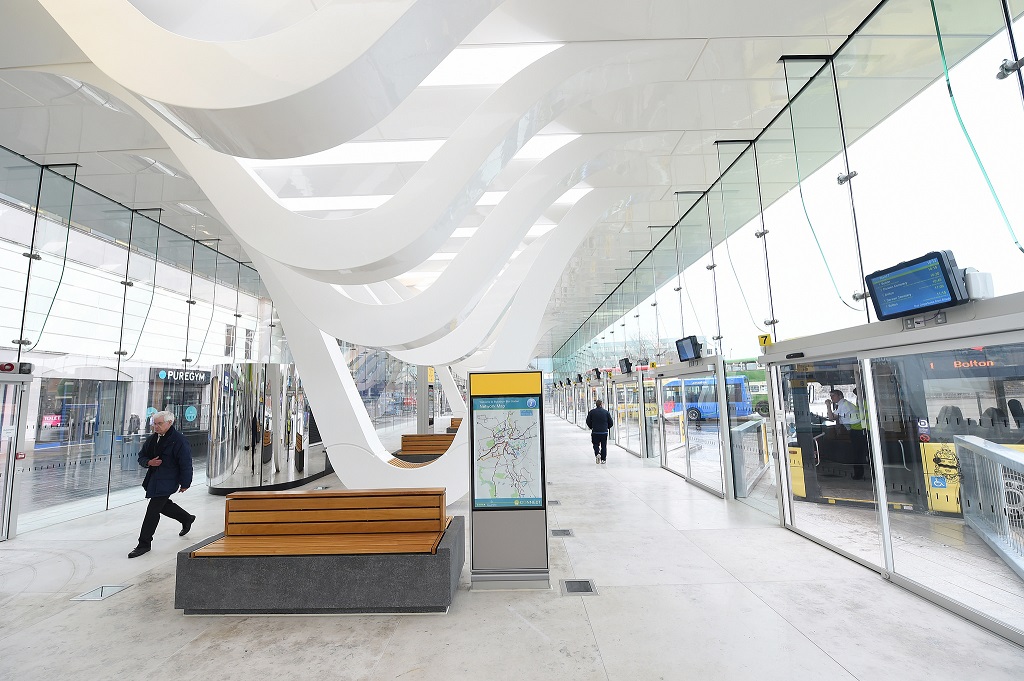One of the ways the law tries to maintain consistency across multiple court cases in literally hundreds of court rooms is by following the same decision-making process used in previous cases to decide an outcome where similar matters are in dispute. This has the advantage of providing a degree of certainty, or at least consistency in the way laws and contracts are interpreted. But can make the law relatively slow to change when business practice changes. However, there are times when the Judges identify problems well before the practitioners! Costain Ltd v Charles Haswell & Partners Ltd [2009] EWHC B25 (TCC) (24 September 2009) is one example. This case related to the construction of the eleven separate structures, that constitute the Lostock and Rivington Water Treatment Works in Lancashire, UK.

As part of this court case, the design and construction contractor, Costain Limited, sought costs from its consulting civil engineer, Charles Haswell & Partners Ltd (Haswell), for the cost of delays caused by incorrect geotechnical advice provided by Haswell. Costain alleged that Haswell’s original design for pre-foundation ground treatment works failed to achieve the specified design criteria for two of the eleven project structures. This resulted in the need for unplanned piling works to support the two structures, which Costain alleged caused a critical delay to the project. As a consequence, Costain was seeking to recover the costs of the delay (prolongation costs) from Haswell.
The quantum experts in the case agreed on two tests for establishing Costain’s entitlement to prolongation costs:
- First, whether the assumed delay to completion caused by the remedial piling had crystallised into the same actual delay to the completion of the project some sixteen months later, and
- Second, whether all of the project’s activities were delayed by the piling to just two of the eleven structures.
The parties’ programming experts agreed on a common methodology for assessing the delay, which the judgment refers to as a ‘time impact analysis’ or ‘windows slice analysis’. The method described in the judgement appears the same as the Time Impact Analysis defined in the SCL Delay and Disruption Protocol and AACEi MIP 3.7 (for more detail on this see: https://mosaicprojects.com.au/PDF_Papers/P216_Assessing_Delay_The_SCL_Options.pdf).
There were some points of disagreement between the experts but ultimately, the Court found that the remedial piling on two structures was critical to the project at the time considered in the ‘windows analysis’ noting the experts have agreed that the delays to the RGF and IW were critical delays since those buildings were on the critical path of the project at the relevant time. Ordinarily therefore one would expect, other things being equal, that the project completion date would be pushed out at the end of the job by the same or a similar period to the period of delay to those buildings. However, as experience shows on construction sites, many supervening events can take place which will falsify such an assumed result. For example, the Contractor may rearrange his programme so that other activities are accelerated or carried out in a different sequence thereby reducing the initial delays. [Clause 233]
The assumption underpinning the expert’s ‘window’ analysis showing that a critical delay had occurred and the entitlement to a delay was based on the premise that the work on the rest of the project would follow the logic as shown in the CPM network. The Court rejected this assumption because the assumed flow-on of the delay to the overall completion of the works was not demonstrated: ‘I find that it has not been shown by Costain that the critical delay caused to the project by the late provision of piled foundations to the RGF and IW buildings necessarily pushed out the contract completion date by that period or at all’. [Clause 200 (ii)]
The second test asked whether a delay to work on part of the project would cause all of the project’s activities to be prolonged. In considering this test, the Court rejected Costain’s assumption that the remedial piling to two of the structures on the project prolonged all eleven structures: ‘If the contractor establishes [a critical, excusable delay], he is entitled to an extension of time to the whole project including, of course all those activities which were not in fact delayed … But the contractor will not recover the general site overheads of carrying out all the activities on site as a matter of course unless he can establish that the delaying event to one activity in fact impacted on all the other site activities’. [Clause 183-184]
The Court also found ‘no evidence has been called to establish that the delaying events in question in fact caused delay to any activities on site apart from the RGF and IW buildings. That being so, it follows, in my judgment, that the prolongation claim advanced by Costain based on recovery of the whole of the site costs of the Lostock site, fails for want of proof’. [Clause 185]
Costain failed in its claim for time related prolongation costs and only recovered the additional costs of installing the piled foundations, because ‘In the absence of any analysis between all the operative delays from the start to the finish, which is absent in this case, in my judgment it is simply not possible for the Court to be satisfied on the balance of probabilities that the assumption upon which this part of Costain’s case depends, is correct’. [Clause 235]
Conclusion – Distributed Projects are Different!
The fundamental problem outlined above was caused by the distributed nature of the project work. The Critical Path Method (CPM) assumes there is one best way to accomplish the work of the project and this is described in the schedule. In distributed projects there are multiple different ways the work could be accomplished. Therefore, any delay analysis technique based on the assumption that the sequence of work shown in a CPM schedule is the only way to accomplish the work is unlikely to prove the delay. A different approach is needed!
We are working on this challenge.
- Scheduling Challenges in Agile & Distributed Projects defines the problem and classifies four different types of project from a CPM and controls perspective. Using this classification, the Lostock and Rivington Water Treatment Works was a ‘Class 4’ project where a CPM schedule was imposed, but is unlikely to prove effective. Distributed projects fall under Class3, where a detailed CPM schedule is not accepted as an effective controls approach – different processes are needed.
- Predicting Completion in Agile & Distributed Projects (due for publication in the May edition of PMWJ) will define a process for measuring progress and predicting completion in Class 3 projects.
- Assessing Delays in Agile & Distributed Projects (due for publication in the June edition of PMWJ) will define a process for reliably determining the effect of delay or disruption in Class 3 projects.
As work progresses, we will be updating the Schedule control in Agile and Distributed projects section of the Mosaic website and welcome feedback: https://mosaicprojects.com.au/PMKI-SCH-010.php#Issues-A+D
The full Costain judgement can be downloaded from: https://mosaicprojects.com.au/PMKI-ITC-020.php#Cases




